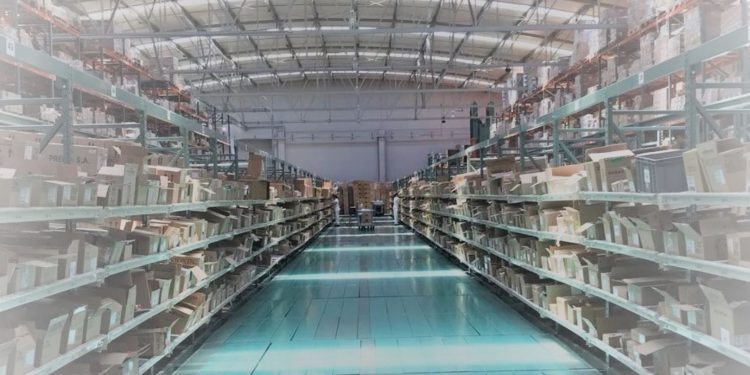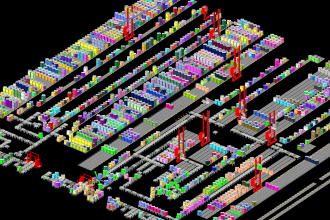Forward Pick Area—Design and Operations

Picking can be one of the most labor intensive areas of a warehouse, and as a result, also one of the most costly—it can account for approximately 35 percent of your warehousing operating costs. In general, companies have tackled their picking tasks in one of two ways: parts to picker, or picker to parts. In the former, automation is required to transport the products to the picker. In the latter, the picker travels in search of the items needed. Of the two, picker to parts is the more common.
In an environment where reliable warehousing labor is hard to come by, researchers and warehouse managers have focused on efforts to reduce the amount of time pickers must travel. Primarily, the goal has become keeping the well-being of pickers in mind. By compressing picking activities into a smaller area, you lower the walking distance of the pickers, lowering energy expenditure, as well as injury rates. To accomplish this, organizations are focusing on developing a forward-reserve pick configuration.
To achieve a forward pick operation, a warehouse management system (WMS) is essential. The software allows you to add RFID tags, barcode scanners, pick-to-light and other systems. In some cases, robotics may come into play, as well. With those pieces in place, you can design an effective forward pick area.
You’ll need to take many factors into consideration in the design process. These include the dimensions of your forward pick area, the location of input/output locations, and the design of your aisles—single versus u-shaped. You must also think about the storage equipment you’ll use, a decision that hinges partly on whether or not humans or robots will complete the picking tasks. Then do the same for replenishment, going through what equipment and configurations will best serve your needs.
You’ll also need to think about where in the warehouse your forward pick area should reside, how large, and what shape. Think about how many SKUs are involved, their size, and the most ideal layout.
Once you’ve designed the physical space, think about product assignment and allocation. Size and physical specifications need to be considered and you must configure to be responsive to future changes, as operations will continuously evolve. Equipment comes into play as well. You must consider how you will replenish the forward area from the main part of the warehouse, thinking about the size and weight of products, the pick list length/make up, and how much you can invest in this specific arena. Which products will you store there, or will it be a subset? Determine how much space to allocate for each product, based on size and popularity, remembering that the latter will likely ebb and flow over time.
With all of those boxes checked, you should run a computational model of the system to validate your model. Use this model to run “what if” scenarios. A forward pick operation won’t remain static, so designing flexibility into all aspects is important. Once complete, however, you’ll find a forward pick operation an asset for the future.
If you’re interested in more details, you can access the full white paper on MHI’s website.
For more information about the Solutions Community: mhi.org/solutions-community
For further articles from the Solutions Community:
Maintenance Check: From Reactive to Predictive
Digitization of Intralogistics—Replenishment
Digitization Of Intralogistics: Labor
Digital Twin for Intralogistics
The Digitization of Intralogistics: Returns
Past vs. Future: The Difference Between On-Premise and Cloud-Based WMS



